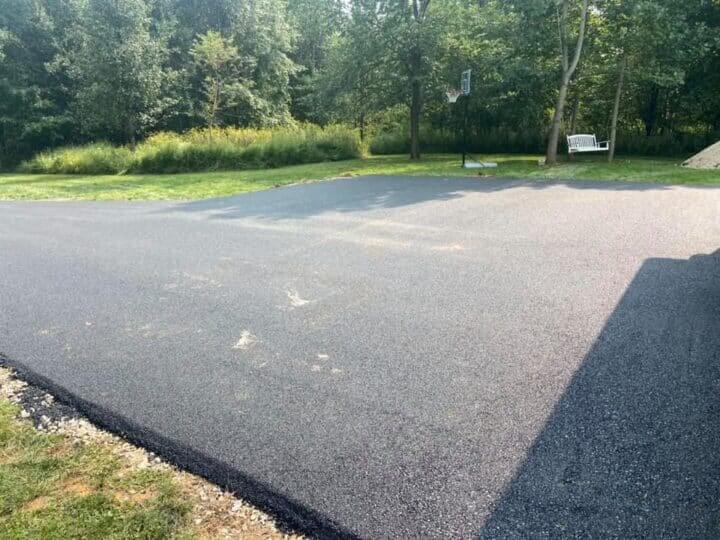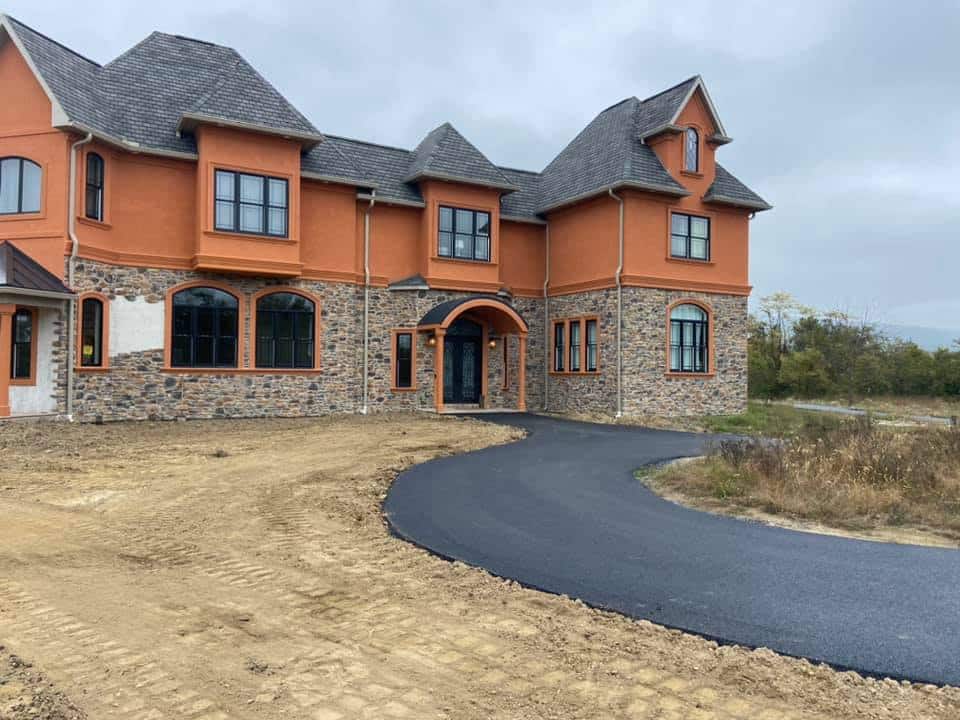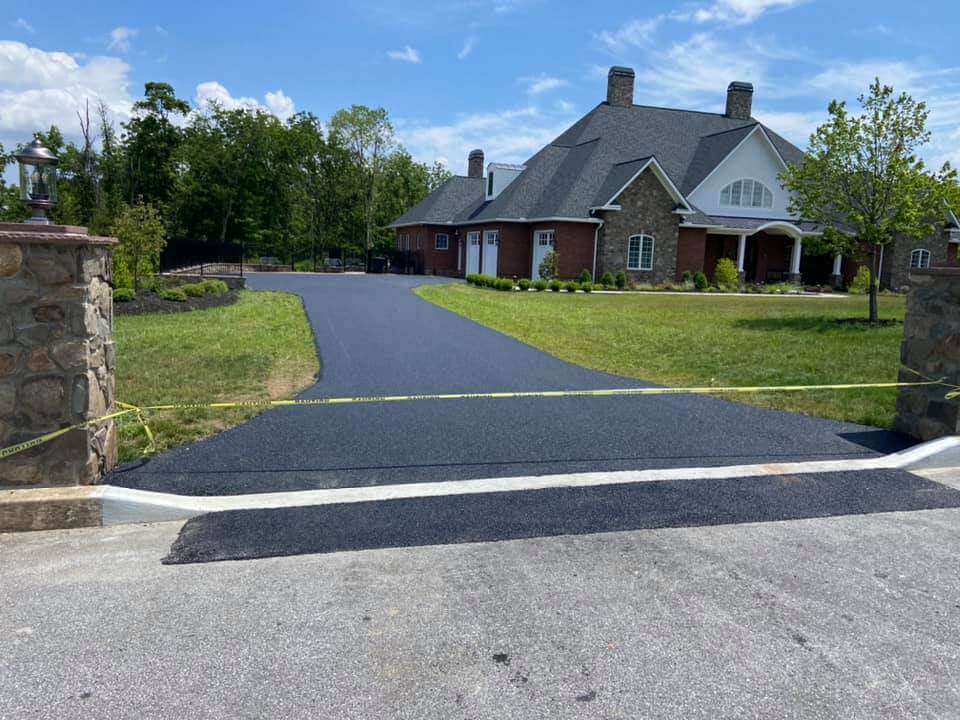How to Fill a Sinkhole in Pennsylvania
If you’re a Pennsylvanian, then you know that sinkholes can be a common occurrence. But what do you do when one pops up in your backyard? Worry not for we’re here to help! In this blog post, we will explain how to fill a sinkhole in Pennsylvania. We’ll go over the different methods and materials that can be used for sinkhole repair. Therefore, if you’re ever faced with this unfortunate situation, you’ll know exactly what to do!
What Causes a Sinkhole?
There are two types of sinkholes in Pennsylvania: those that form suddenly and those that develop over time. The most common type of sinkhole is the latter, which is caused by water eroding the rock beneath the surface. This can happen due to heavy rains or flooding, as well as from leaking pipes or irrigation systems. In Pennsylvania, sinkholes are most likely to occur in areas where the bedrock is made of limestone or other carbonate rocks.
When a sinkhole forms, it can range in size from a few feet wide to hundreds of feet across. They can also be shallow or very deep. Depending on the size and depth, filling a sinkhole can be a challenging task. But don’t worry, we will go over all of the different options for sinkhole repair.
Materials for Filling a Sinkhole
The first step in filling PA sinkholes is to determine what type of material will best suit your needs. There are many different options available, so it’s important to choose the right one for the job. Some common materials used for filling sinkholes include:
Each of these materials has its own advantages and disadvantages. For example, sand is relatively cheap and easy to find, but it can wash away easily. Gravel is a bit more expensive, but it’s more durable and will last longer. Concrete is a good option for filling large sinkholes, but it can be difficult to work with. Asphalt is another good choice, but it can be messy and smelly. Polyurethane foam is a great option for filling small sinkholes, but it’s not as widely available as other materials.
Choosing the right material is important, but it’s not the only decision you’ll need to make. You’ll also need to decide how you’re going to fill the sinkhole. The most common method is to simply dump the material into the hole and let it settle. This can be a good option for small sinkholes, but it’s not always the best choice for larger ones. Another option is to use a pump to fill the sinkhole. This method is often used for large sinkholes, but it can be very expensive.
Once you’ve chosen the material and a filling method, you’re ready to start repairing your sinkhole!
Repairing and Filling a Sinkhole in Pennsylvania
The first step is to identify the location of the sinkhole. Mark off the area around it to prevent anyone from accidentally falling into the hole.
Next, you’ll need to remove any loose debris from the sinkhole. This includes rocks, dirt, and leaves. Ensure you dig out the edges of the hole as they can be larger underground sometimes.
To fill the sinkhole, pour a mixture of concrete and gravel at the bottom to give it a strong base. This also prevents the hole from sinking deeper.
Add clayey sand (a mixture of clay and sand) to fill the rest of the hole. You can get it from your local hardware store. Clayey sand is good for preventing water from seeping back into the hole. If you can’t get clayey sand you can use pure sand. Fill the hole to 3/4 full and then top off with topsoil until it’s level with the surrounding area.
Over the next few days, the sand will compact and you will need to keep adding topsoil to level the ground.
And that’s it! You’ve now successfully repaired your sinkhole.
Monitoring the Sinkhole
After filling the sinkhole, it’s important to monitor it closely. This will help you determine if the repair is successful and if any further action needs to be taken. The best way to do this is to measure the size of the sinkhole regularly. You can use a tape measure or ruler to do this. If the sinkhole is getting smaller, then you know the repair is working. If the sinkhole is getting larger, then you’ll need to take further action.
Note that only small PA sinkholes are meant to be repaired as DIY projects. If you notice your sinkhole is extremely wide or keeps growing even after repair, contact your local sinkhole repair professionals.
Bonus Info: How to Fill a Sinkhole in Pennsylvania
Sinkholes can be a big problem, but they don’t have to be. With the right materials and a little bit of effort, you can easily repair them. Just be sure to monitor the sinkhole closely afterward to ensure that the repair is successful.



